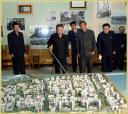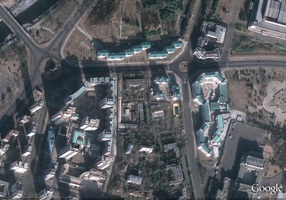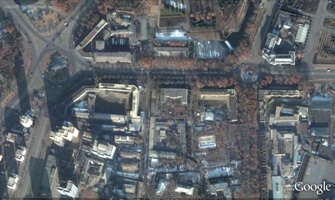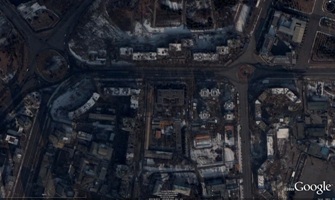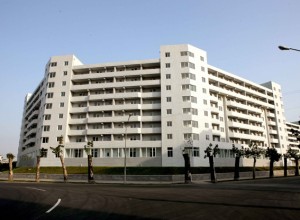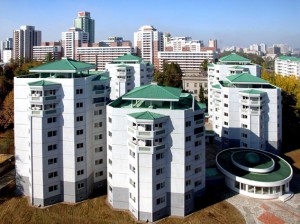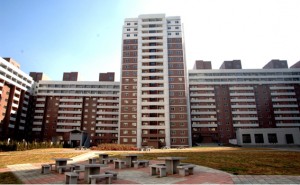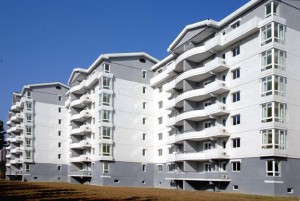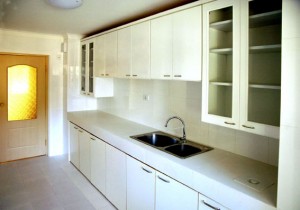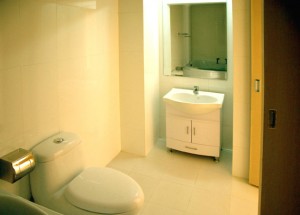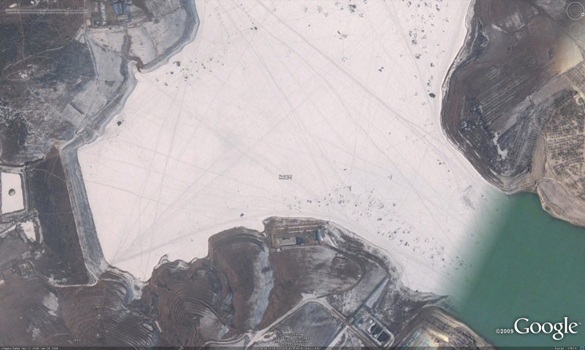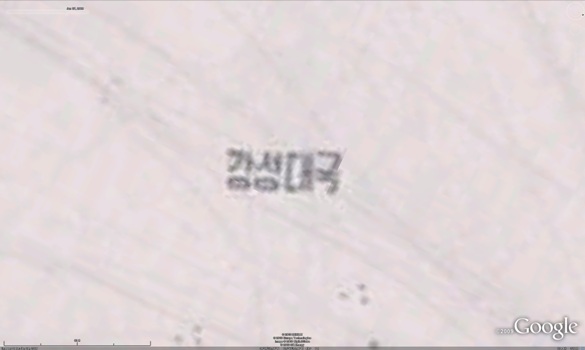In recent days there has been a sudden decrease in both food prices and the North Korean won-dollar exchange rate, so people are looking at the activities of middlemen wholesalers, the lynchpin of the North Korean market economy, in more detail.
These wholesalers, who had been watching the market situation and waiting for the new currency to stabilize, are now making their move. The markets reopened in February, and restrictions on foreign-currency use have been eased. Rice prices, which had skyrocketed to more than 1,300 won per kilogram in late February, have reportedly fallen back below 600 won as the food which these wholesalers were hoarding entered circulation.
Meanwhile, the North Korean authorities’ plan, to take back control of the economy, came to nothing as they faced a hyperinflationary spiral. Currently, the economy seems to have simply returned to the pre-redenomination period, with markets providing most of the needs of the people, and wholesalers providing products for the market.
Until the early 1990’s, commercial distribution in North Korea was managed by executive fiat. The Ministry of Commerce of the Cabinet commanded the supply chain across the whole country via the works of the National Planning Commission. There was a central wholesale center, a commercial management center and a district wholesale center in each province, and a commerce management center in each district. The state maintained a pyramid control system beneath which each district managed its own commercial spaces.
According to size, these were classified into stores and booths, and into “general” and “special” according to the items sold.
However, after the famine of the 1990’s, state distribution ceased and North Korea’s national commercial network lost its capacity to function. From then on, North Korean people started obtaining their food and basic necessities through private distribution networks, and the jangmadang was spontaneously born.
This private distribution network soon came to include a small quantity of consumer products, so called “August 3 products,” produced in small industrial enterprises and circulated in the jangmadang, and foreign, mostly Chinese, products imported with the profits of trade.
Then, after the July 1st Economic Management Reform Measure of 2002, provincial factories that produced consumer goods started bartering between themselves. During this process, the distribution system expanded and the number and scale of the wholesalers expanded with it.
A cornucopia of items, from welding rods to belts, cotton yarn to copper wire, bearings and the nuts and bolts needed in factories and enterprises were traded through these wholesalers. A paper mill which needed 10kg of welding rods, for instance, could barter 20 notebooks for them. In order to exchange soap for 10kg of welding rods, 10 bars of soap were required. In the case of soju, a traditional liquor in both Koreas, two or three liters was needed.
Provincial factories also traded their production in order to earn the necessary funds to purchase needed materials and run the factories. This was done with the approval of the state through the five percent of booths in the markets allocated to factories after the July 1st Measure. Also, it was possible because the authorities permitted the by-products of regular production to be used for handicraft production, and factory workers to sell 30 percent of production in the market.
Under the changes, the wholesalers were classified into larger ones, called “vehicle traders,” smaller ones called “runners,” and retailers representing booth merchants. They shouldered the burden of providing North Koreans all over the country with their basic necessities.
These middle men wholesalers, known colloquially as “big hands,” get their stocks through trade with foreign currency-earning enterprises. They sell the products to “runners” or directly to stores. Big hands are mostly overseas Chinese, Korean Japanese and the families of those working in foreign currency-earning businesses.
Members of the Party administrative apparatus are another kind of middle wholesaler. It is impossible for them to officially run a business in the markets, so they earn money through middle wholesale after work. They make a huge amount of profit by buying products from factory enterprises at the state price and selling them at the market price. They also sell products accumulated through bribery.
“Runners” who obtain products from the wholesalers travel the different regions of North Korea and sell them to booth retailers. Making a profit through market price differences between regions, they sell those products to retailers at a price 30 percent to 40 percent higher than the price they paid.
One defector, who ran a “runner” business between Chongjin in North Hamkyung and Sinuiju in North Pyongan, bought fabric from traders in Chongjin and sold it in Pyongsung in South Pyongan. With the money earned in Pyongsung, he bought products and sold them in Sinuiju. He went along this same Sinuiju-Pyungsung-Chungjin route back and forth. He was like an 18th century Korean peddler.
Talking of his experiences, he said, “When travelling by train, I could usually make a 30 to 40 percent profit. But there wasn’t much left after paying the necessary bribes.”
When he bought fabric in Chongjin, he paid about 500 to 550 won (in old currency) per meter. When he sold that fabric to retailers in Pyongsung market, they paid him about 800 won per meter. He made about 300 won per meter, but he spent half the money on bribes paid to gatekeepers; for documents, to army troops in charge of trains, and to train inspectors during the process of issuing travel certificates or riding the train. He also had to pay for his board and lodgings, so the final profit he made was less than 100 won per meter, he explained.
Runners like that, going between North Pyongan and North Hamkyung, usually distribute things like fabric for shoes that traders bring across the border or in through Rasun. A runner usually carries between 150 and 200 kilograms of products. When travelling on the train, one person can only carry one or two backpacks-full, because anyone carrying too much baggage will be the target of inspection and have to pay bigger bribes.
Products transported by runners are sold to retailers in the markets. Retailers sell those products at a price 20 to 30 percent higher than the original price. Therefore, the fabric Kim conveyed was sold to the final consumers at approximately 1,000 won per meter.
It seems that the figures North Korean authorities wanted to eradicate via the redenomination were these middle wholesalers, the big hands. For primary producers, paying them with adequate rations and money alone could have wrestled back state control. Retailers, meanwhile, could be controlled by locking up the markets. However, the persistent viability and energy of the middle wholesalers was uncontrollable. This is primarily because low and middle-ranking authorities are working in total collusion with them.
Now, middle wholesalers who survived the carpet bombing of the North Korean authorities, such as the 100:1 currency exchange rate, the exchange limit of 100,000 won and the restriction on usage of foreign currency, are getting ready again. The second round between the North Korean authorities and middle wholesalers with the market as its stage is about to begin. It will be interesting to see how those middle wholesalers who have grown strong will react to the actions of the North Korean authorities.
